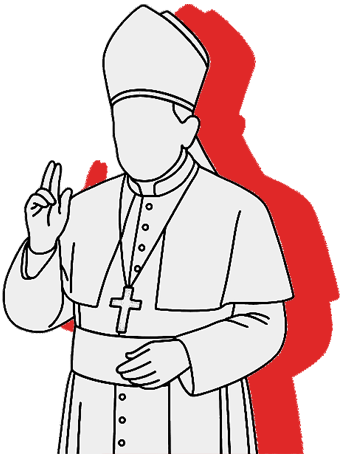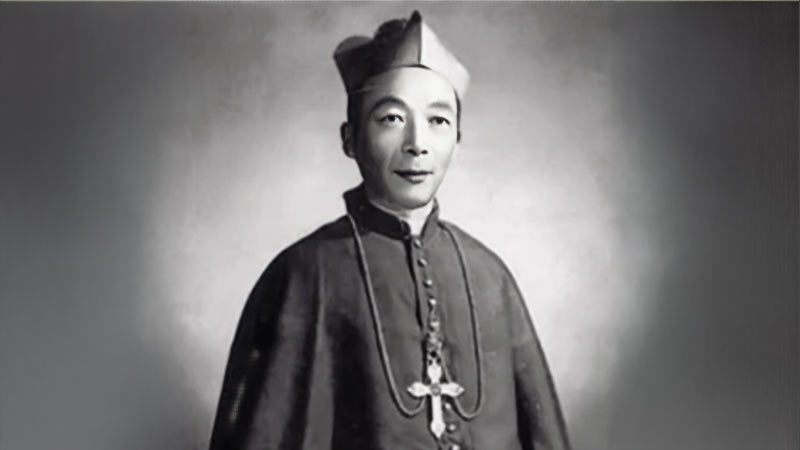By Matthew Santucci | Catholic News Agency | Sep 8, 2023
On the evening of Sept. 8, 1955, public security officers of the Chinese Communist Party (CCP) launched a mass arrest of Catholic clergy in the city of Shanghai. Among them was the first native-born bishop of the city, Ignatius Kung Pin-Mei. By the end of the month, over 1,200 priests and lay faithful were arrested, interrogated, and imprisoned.
This carefully orchestrated event was the culmination of a multiyear process by the CCP to break Catholic resistance in the city and to bring the Church under the control of the state. The decision to focus on Shanghai was deliberate: It was the hub of the Catholic Church in China and Cardinal (then bishop) Kung was not only one of the most important Catholic leaders in the country but also the very embodiment of unwavering fidelity to the Petrine office.
Born into a fifth-generation Catholic family
The Catholic life of Shanghai was profoundly shaped by the French Jesuits. They took over ecclesiastical affairs following the Sino-French conventions of the 19th century, which ushered in the French religious protectorate. Shanghai, an important port city, was a sort of laboratory, a meeting point of different cultures, and it was in this environment that the Jesuits were able to integrate the Church into the broader social framework. The city was also home to the most important Catholic schools and seminary, as well as the main Marian shrine, Our Lady of Shehan.
It was in this cosmopolitan environment that Ignatius Kung Pin-Mei was born in 1901 into a fifth-generation Catholic family. Known for his piety, pastoralism, and administrative acumen, following his ordination to the priesthood in 1930 he went on to serve as a principal of a Jesuit middle school and high school. Not only did these schools provide many with a solid academic formation, but they also became places where non-Catholic Chinese youth encountered the faith, many of whom converted and became fervent Catholics.
A hostile environment for the Church
Though the Church had a stable presence in China since the late 16th century, in broader Chinese society there was a lingering suspicion of Catholics. This was a result of the historic link between the European imperial powers and mission work, which in turn delayed the indigenization of the episcopate. In 1924 the Primum Concilium Sinese (the first Plenary Council of China), or the Shanghai Synod of Bishops, addressed many of these concerns. Then, finally, in 1926, the first six native Chinese bishops were consecrated by Pope Pius XI in 1926. Twenty years later, in 1946, Pope Pius XII in his apostolic constitution Quotidie Nos erected an official diocesan structure in China.
There is a canonical as well as a socio-political significance to these developments. Before 1946, the ecclesiastical administrative units in China were apostolic prefectures or pre-diocesan administrative units in mission territories. Having native-born Chinese bishops and an official diocesean structure elevated the position of the Chinese Church, signaling to the world that it was an equal, not a mission territory governed by foreigners. However, the ascendancy of the CCP was on the horizon and the narrative of a “foreign” or “imperial” Church was still prevalent.

